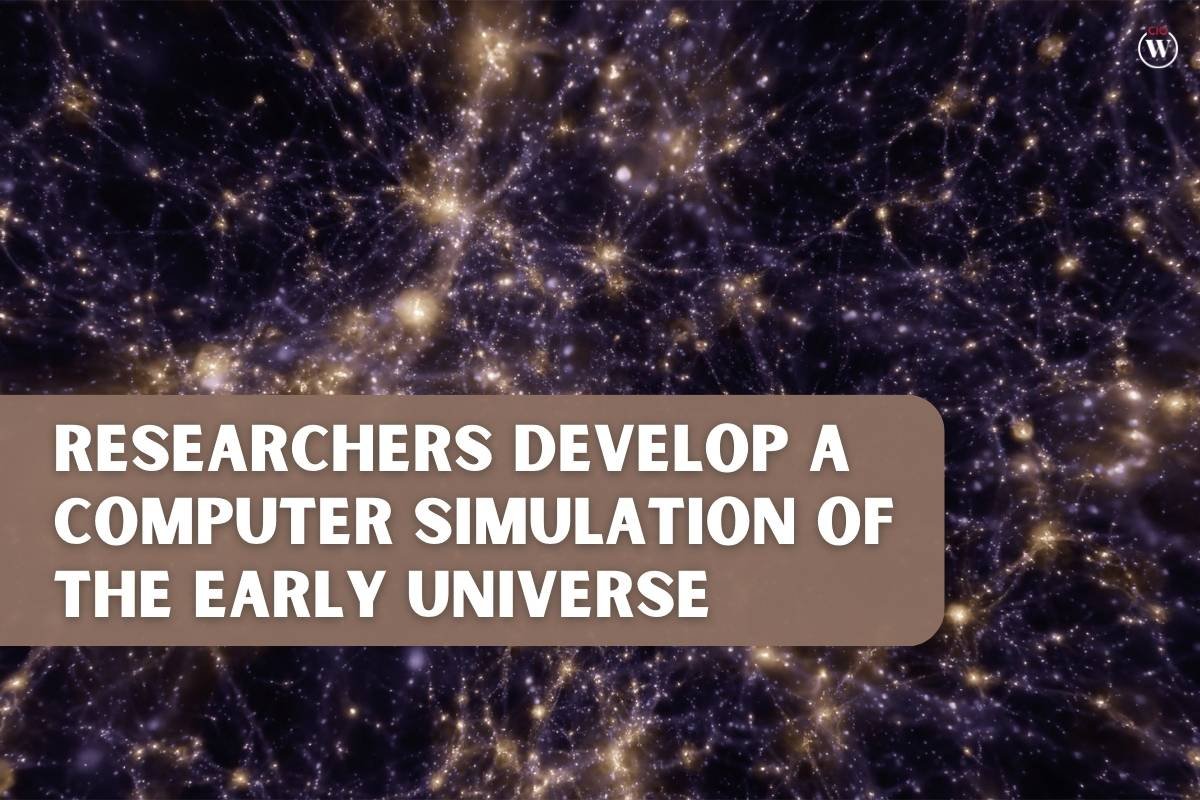In a groundbreaking development in the field of astrophysics, researchers have unveiled a novel computer simulation of the early universe that strikingly corroborates the observations made by the James Webb Space Telescope (JWST). Initial data from the JWST had left scientists intrigued, hinting at potential discrepancies in our understanding of early galaxy formation. Specifically, the first galaxies studied by the JWST appeared to be significantly brighter and more massive than what prevailing theoretical models had predicted.
The findings, now published in The Open Journal of Astrophysics, emerge from the collaborative efforts of researchers at Maynooth University in Ireland, working alongside counterparts from the Georgia Institute of Technology in the United States. This study demonstrates that the JWST observations, contrary to prior concerns, do not challenge the existing theoretical framework. The linchpin of this study is a suite of meticulously crafted computer simulations, known as the “Renaissance simulations,” focusing on the complex process of galaxy formation in the nascent universe.
The Power of Simulation in Exploring Dark Matter and Early Stars
The simulation employed by the Maynooth University team is an absolute marvel in its capacity to decipher intricate details. It can not only resolve minute dark matter clumps but also follow their progression as they amalgamate, evolving into dark matter halos that ultimately serve as the cradles for the galaxies we observe today. Furthermore, this sophisticated tool can effectively model the formation of the universe’s very first stars, known as Population III stars. According to prevailing cosmological theories, these stars were substantially more massive and luminous compared to their modern-day counterparts.
The results stemming from the Maynooth University simulations reveal a striking consistency between these early galaxies and the theoretical predictions underpinning the physics of cosmological simulations. In essence, these simulations play a pivotal role in unraveling the origins of our universe. Joe M. McCaffrey, a Ph.D. student at Maynooth’s Department of Theoretical Physics and the lead author of the study, remarked, “We have shown that these simulations are crucial in understanding our origin in the universe.” He also emphasized the potential for future applications, suggesting that the same simulations could be instrumental in exploring the growth of massive black holes in the early universe.
A Glimpse into the Universe’s Early Years
Commenting on this groundbreaking research and outlining the future trajectory of their work, Dr. John Regan, an Associate Professor at Maynooth’s Department of Theoretical Physics, highlighted the revolutionary impact of the JWST on our comprehension of the early universe. With the remarkable capabilities of the JWST, scientists are now able to peer back in time to an era when the universe was merely a few hundred million years old, representing less than 1% of its current age.
The telescope’s observations have unveiled a universe teeming with prodigious star formation and a continually evolving population of massive black holes. Dr. Regan underscored the forthcoming objectives, stating, “The next steps will be to use these observations to guide our theoretical models—something which up until very recently was simply impossible.” In essence, the marriage of advanced computer simulations and groundbreaking telescope observations is propelling our understanding of the cosmos to unprecedented heights, opening new frontiers for exploration and discovery in the realm of early universe science.









